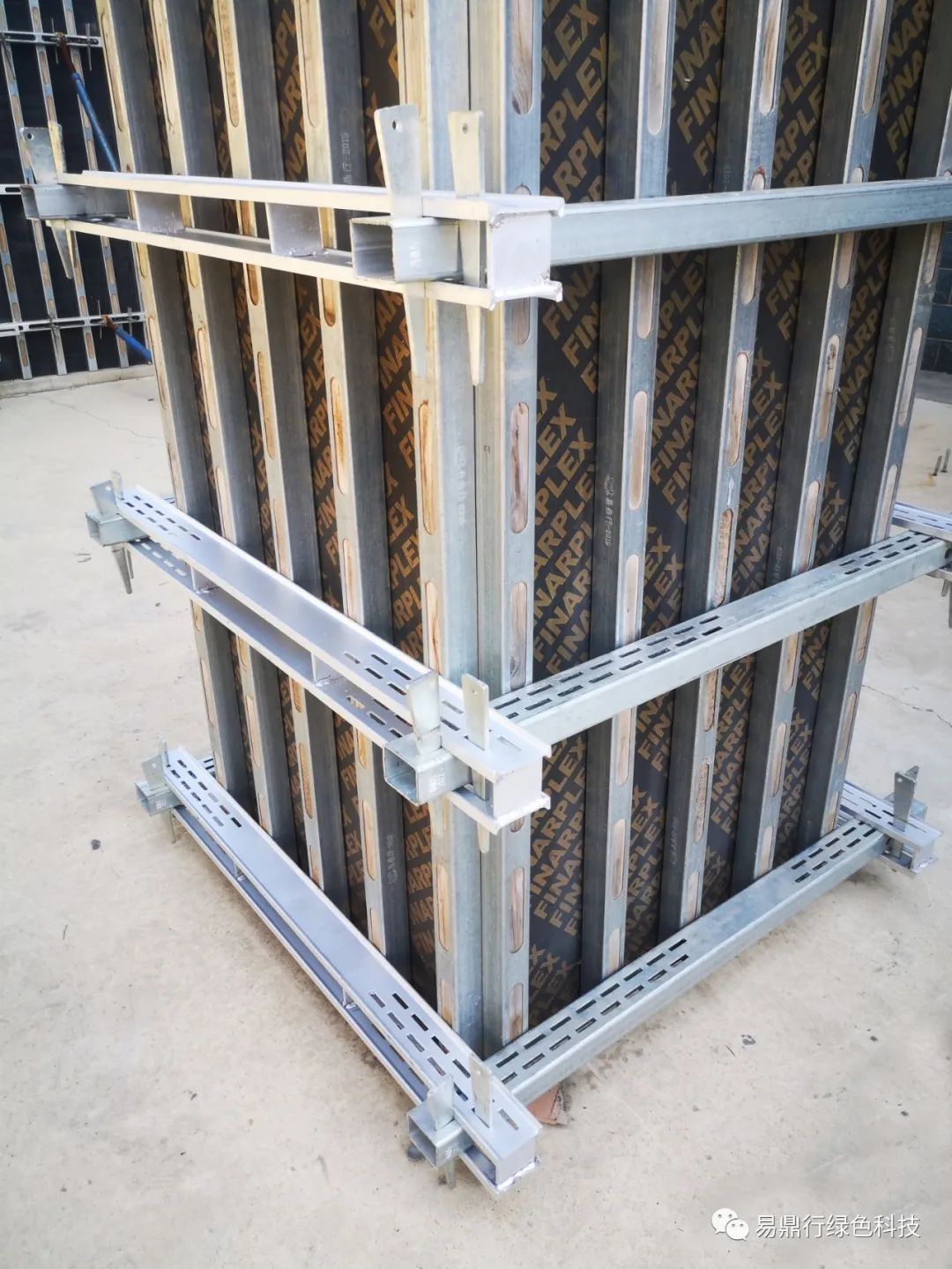
A Comparative Analysis of Timber, Steel, and Concrete Construction Materials
Comparison Between Timber, Steel, and Concrete
When it comes to construction materials, three of the most commonly used are timber, steel, and concrete. Each of these materials has its own set of characteristics, advantages, and disadvantages that make them suitable for different types of structures. Understanding these differences is crucial for architects, builders, and developers when making decisions about the most appropriate materials for their projects.
Timber is one of the oldest building materials known to humanity. It is valued for its natural beauty, sustainability, and ease of handling. One of the primary advantages of timber is its renewable nature; sustainably sourced timber can significantly reduce a building's carbon footprint. Additionally, timber has excellent thermal insulation properties, which can lead to energy-efficient buildings. However, timber is susceptible to pests like termites and can be affected by moisture, leading to rot and decay. Its strength-to-weight ratio is also lower compared to steel and concrete, which can limit its use in larger structures or buildings that must bear significant weight.
Steel, on the other hand, is recognized for its high strength and durability. It can support large spans and has excellent tensile qualities, making it ideal for skyscrapers and industrial structures. Steel is also resistant to many of the issues that affect timber, such as rot and insect damage. When properly treated, it can withstand fire as well. However, steel requires protective coatings to prevent rust and corrosion, especially in areas with high humidity or salty conditions. Moreover, the production of steel has a considerable environmental impact, contributing to greenhouse gas emissions. Despite this, advances in recycling and green steel production can mitigate some of these issues.
comparison between timber steel and concrete

Concrete is another widely used construction material, known for its compressive strength and durability. It can be molded into various shapes, allowing for diverse architectural designs. Concrete structures are resistant to fire, pests, and rot, making them very durable and low-maintenance. However, the environmental impact of concrete production is substantial, as it involves the release of significant amounts of CO2 during cement manufacturing. Also, concrete is heavy, which can lead to increased transportation costs and requires a strong foundation.
In comparison, each material has its specific advantages and drawbacks. Timber stands out in terms of sustainability and aesthetic appeal but has limitations regarding strength and durability, especially in adverse conditions. Steel offers unparalleled strength and design flexibility but poses corrosion risks and has a notable environmental impact during production. Concrete is praised for its durability and fire resistance but suffers from a high carbon footprint.
The choice between timber, steel, and concrete ultimately depends on the specific requirements of a project, including design, budget, environmental considerations, and intended lifespan of the structure. Often, modern architectural projects utilize a combination of these materials to leverage their strengths and offset their weaknesses. For instance, using a steel frame for a building can provide the required support, while wooden elements can enhance aesthetic appeal and insulation properties.
In conclusion, timber, steel, and concrete each play vital roles in construction, and understanding their unique characteristics can lead to better design decisions. The future of construction is likely to see continued innovation in materials, aiming for greater sustainability and efficiency while still meeting the demands of modern architecture.
-
The Importance of Reinforcement Bar in ConstructionNewsJul.11,2025
-
The Durability of Timber Steel FurnitureNewsJul.11,2025
-
How to Assemble Fixed Clamp Scaffolding SafelyNewsJul.11,2025
-
Essential Column Rebar Specifications for High-Rise BuildingsNewsJul.11,2025
-
Common Applications of Steel Keels in ConstructionNewsJul.11,2025
-
Benefits of Using Aluminum Scaffolding Ladders Over SteelNewsJul.11,2025
-
Stainless Steel Keel: Analysis of the Triple Advantages of Rigidity, Stability, and LightweightNewsJun.19,2025










